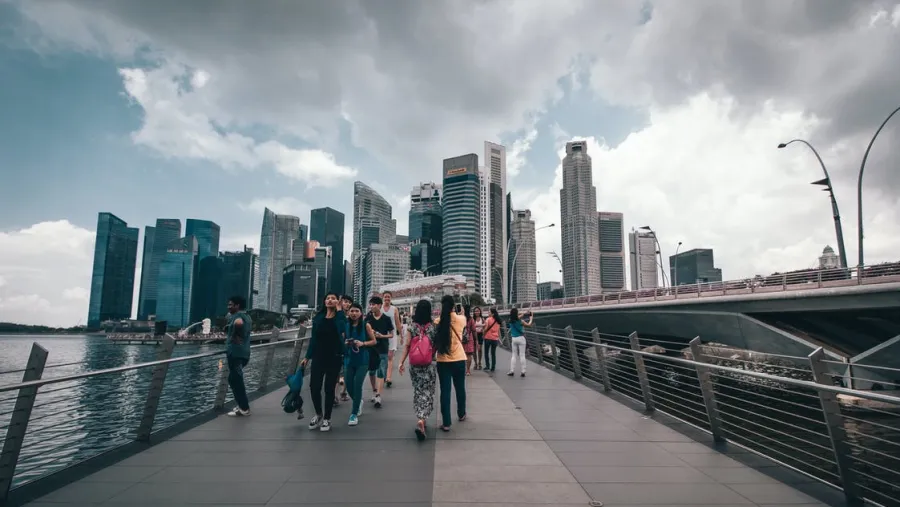
Why is Singapore’s office leasing market in limbo?
There are no significant demand drivers replacing the tech firms.
Savills Research shares that the Singapore office leasing market has been lacklustre, as no sector stood out in replacing the demand for space previously taken by tech firms.
Rents remain unchanged in the first quarter after eight consecutive quarters of increases with average monthly rents of CBD Grade A offices in Savills basket flattening out at S$9.65 psf.
Here’s more from Savills:
With new office supply manageable, and leases largely set to expire in 2025 and 2026, landlords are currently not under much pressure to reduce rents. While offices with high occupancies can continue to command high rents and even record rental increases, this is offset by some office buildings that adjusted rents to attract tenants due to declining occupancies. However, these reductions have not been significant enough for companies to get approval from their headquarters to move in because of high capex and reinstatement costs. Moreover, high borrowing costs also mean that landlords are currently less willing to finance the capex to attract new tenants.
Rents of Grade A offices in the micro-markets of City Hall and Marina Bay dipped by 0.1% and 0.2% in the quarter. This was the first quarter of decline for rents in City Hall and second consecutive quarter of contraction for those at Marina Bay. Rental declines in these two submarkets were offset by rental increase in Beach Road/Middle Road, which grew 0.2% quarter-on-quarter (QoQ). This increase was from the higher rents at Bugis Junction Towers. Grade A offices in the four other submarkets - Orchard Road, Shenton Way, Tanjong Pagar and Raffles Place - registered no rental change in Q1/2024. For Raffles Place, this levelling off came after nine consecutive quarters of increase.
From data compiled by Savills: the vacancy rate of CBD Grade A offices fell for the second consecutive quarter by 0.4 of a percentage point (ppt) to 6.1% in Q1/2024, the lowest since Q4/2022 when it was at 5.6%. Quarterly declines in vacancy rates were observed across Grades AAA and A buildings, falling 0.8 of a ppt to 6.2% and 0.4 of a ppt to 7.3% respectively.
Vacancy rates of Grade AA buildings remained unchanged in the quarter at 4.8% after three consecutive quarters of decline. With the lower vacancy rates, net demand, amounting to 136,000 sq ft for CBD Grade A offices remained positive for the third consecutive quarter in Q1/2024.
Looking at location, almost all submarkets registered quarterly declines in vacancy rates except for Raffles Place, which rose by a marginal 0.2 of a ppt to 7.3%, having remained unchanged in the previous quarter. Vacancy rate at Shenton Way stayed flat at 6% after two consecutive quarters of decline.
The other submarkets recorded decreases in vacancy rates ranging from 0.1 of a ppt to 2.1 ppts. The largest contraction in vacancy rate was at City Hall, mainly from more tenants moving into the recently completed Guoco Midtown. Centennial Tower and Suntec Tower 5 also recorded quarterly declines in vacancy rates.
Compared to Q1/2023, there was also a fall in overall Grade A office vacancy rates, although at a marginal 0.1 of a ppt. While year-on-year (YoY) growth in vacancy rates were observed for City Hall (0.2 of a ppt), Marina Bay (0.8 of a ppt) and Orchard Road (1.7 ppts), yearly decreases in vacancy rates between 0.4 of a ppt and 1.1 ppts were observed for the other submarkets.
While there was a large rebound in the fourth quarter in office investment sales, transaction values dropped a steep 95% to S$69.7 million in Q1/2024. Major factors contributing to this are a lack of block transactions and strata office investment sales in the quarter. In the reviewed quarter, only three strata office units sold, lower than the five in the previous quarter. Two of the larger transactions in Q1/2024 were from Vision Exchange, which were for all the units on the 21st floor.
Ashley Swan, Executive Director, Commercial, Savills Singapore says, “We expect the office market to remain fairly benign for most of 2024 with the same factors such as economic uncertainty, high capital cost and workforce movements continuing to play a major role in decision making. In addition, while some form of flexible/hybrid working remains for a majority of firms, more staff have been compelled to observe mandatory days in the office. This in turn has led to some firms holding back on office space decisions as they work out how to use their workspace optimally.
With renewal the overriding preference among most occupiers, buildings that currently enjoy high occupancy will be expected to command improved rents for the remainder of the year.”
Alan Cheong, Executive Director, Research & Consultancy at Savills Singapore adds, “Although the general trend is towards some form of downsizing by tenants, there is additional resistance to downward rental adjustments. This comes in the form of much higher interest rates and elevated inflation causing operating expenses to rise. If the Grade A CBD market sees greater supply, the resistance would be much lower. However, with the three-year average annual new supply of Grade A CBD space expected at about 808,000 sq ft, versus the annual average ten-year net take up at 696,000 sq ft, landlords may still have that negotiation power and any downward rental adjustments may be mild. Thus, we maintain our Grade A rental forecast at -2% to -3% for 2024.”
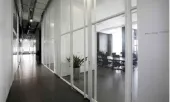
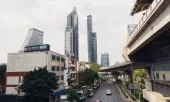
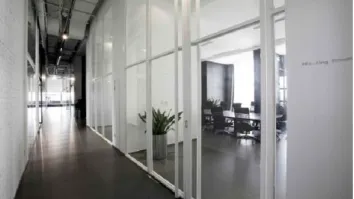
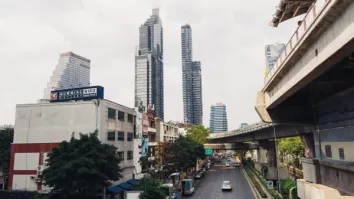

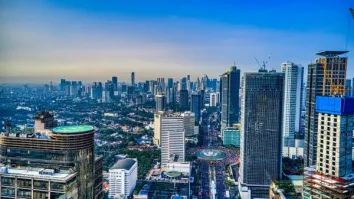













 Advertise
Advertise





